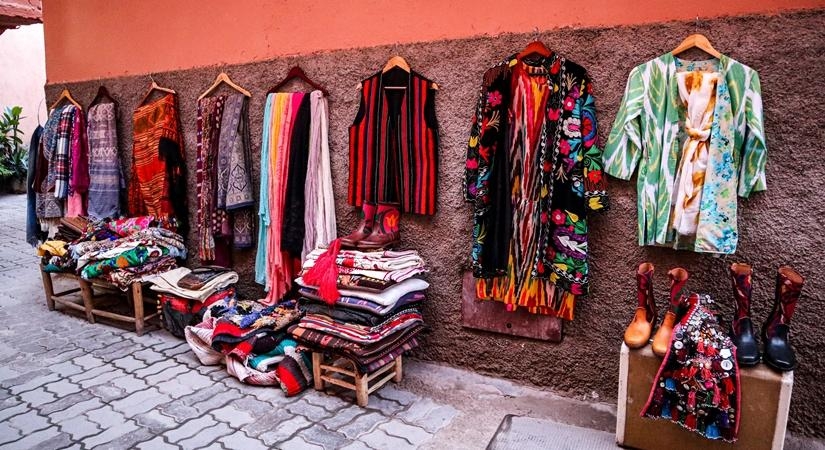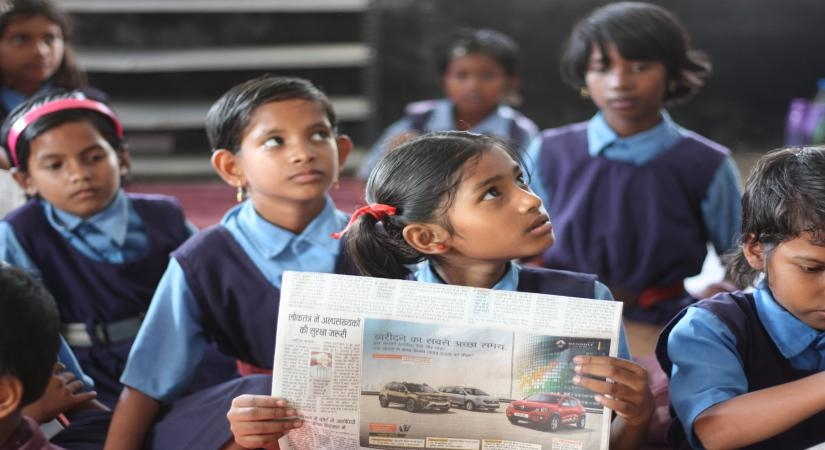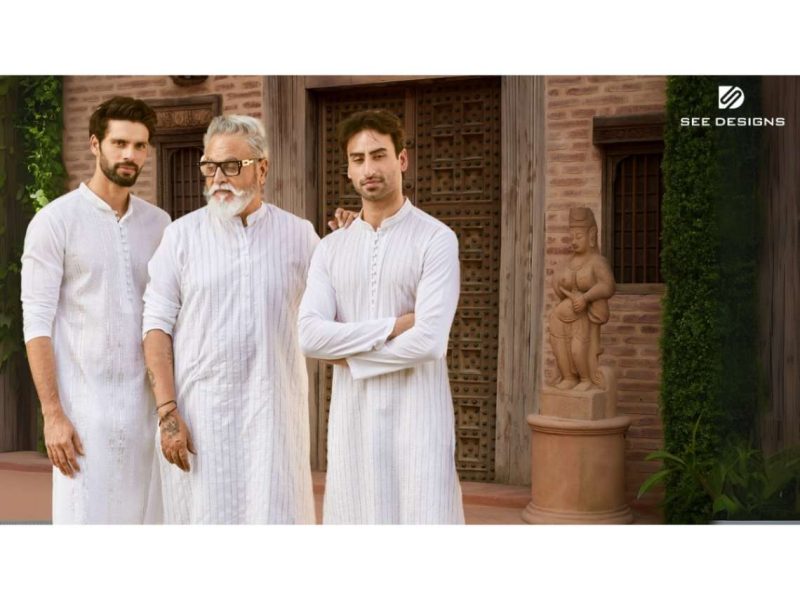Sir Winston Churchill famously said, “Never let a good crisis go waste” as he worked to help form the United Nations, after World War 2 crisis. Fashion pundits across the world seem to agree with him unanimously, as they discuss the road ahead for fashion and its various stakeholders.
In a recently conducted webinar conducted by Sujata Assomull, Founding Editor In Chief of Harper’s Bazaar, India, stake holders in the industry came together to map out the road ahead. On the panel was Dipali Goenka (CEO & Jt. MD, Welspun India Ltd), Punit Lalbhai (Executive Director, Arvind Limited) and Katrin Ley, Managing Director, Fashion For Good, who discussed the current scenario as an opportunity to inspire the industry to walk towards better productivity in fashion.
Innovation, reduction in carbon footprints, a renewed supply chain system are some of the key points that the guests discussed. While Goenka emphasised on innovation and stressed on “green” revolution in the sector, Punit Lalbhai pointed out that the Pandemic era is the perfect time to “question the sacrosanct”! Lalbhai emphasise why one should mull over what is considered the “norm” before embracing change, be it the Work from Home concept or a staggered workforce, and finally pushing sustainability to the forefront.
Katrin Ley from Fashion For Good, the global platform for collaborative innovation in the fashion industry rightly pointed out that along with the economic impact and slump in the fashion industry, the social and environmental aspects have been hit too.
Adding, while the immediate impact may be a lack of cash and liquidity, it is also a crucial time when players, both manufacturers and brands, will find consumer behaviours pushing the momentum towards sustainability. The pandemic is forcing the business to take a pause and rethink. Let believes, there is a silver lining as there is a way of rebuilding a better way through a commitment towards sustainability by joining efforts and working together.
What is sustainability in fashion?
“Sustainability is something that allows us to perpetuate indefinitely into the future,” says Lalbhai. He points out the 7 major parameters in the manufacturing process of the textile business- Money, People, Water, Raw Material, Chemicals, Energy and Waste — where partnerships with brands, social stakeholders like municipal bodies, farmers and the startup ecosystem have proved fruitful in moving towards sustainable goals.
Innovation and sustainability are intertwined

Innovation and sustainability will work hand-in-hand. A drive towards innovation starts from consumer needs and desires. One sees moving away from a linear to a circular economy, innovation happens to be one side of it. It is embedded in the supply chain. The story starts from scrap yards. Can the scrap yard become the wealth for the manufacturers, can we start using recycled plastic instead of emerging plastic and steer it to the supply chain, asks Goenka.
Adding, it will be interesting to see the circularity of “farm to shelves and back to farm” becoming the new normal as the onus remains on the textile manufacturers to find a solution as the industry is one of the world’s largest consumer of water, and contributor to questionable landfills and cotton.
How sustainability/innovation matches the Supply-Demand dynamics
The advent of coronavirus has brought a change in the demand side of the business in recent times. More and more companies are manufacturing PPEs, innovations drives with the advent of anti-viral clothing, fabrics and textiles etc.
“Innovation has always existed in this world. The act of taking that to the consumers is connecting dots. It is about connecting with the customers. Our motto at Arvind has always been who have already done the hard yards and partnership features in everything we do. Innovation bridges the gap brought about by lack of profitability and sustainability. This is exactly where partnerships, especially with innovators who are living, breathing the problem day in and out makes a lot of difference” says Lalbhai.
Role of Digitisation
With the new normal shifting towards a holistic approach, fashion’s stakeholders are more and more inclined towards embracing digitisation.
“Digital Acceleration in e-commerce in the form of virtual showrooms, supply chain transformations too are going to see a massive change as the world practices social distancing norms; even practices like auditing are going to be virtual,” says Ley.
From the front-end business like virtual showrooms to e-commerce, going virtual has changed the landscape of the business in major markets like the US, UK and India, feels Goenka, where Artificial Intelligence, including Cobots (Collaborative Robots) and Robots have proved fruitful in the detailed nuances of product inspection. Goenka predicts the E-commerce penetration in India will go up by 30 per cent or more in the coming days.
During the past few months, Assomull, a self-confessed “Mindful Fashion Advocate” has steered the discourse on the future of the fashion industry, with a focus on sustainability and eco-conscious fashion as the need of the hour. The author of “100 Iconic Bollywood Costumes” keeps the conversation relevant and in the spotlight through her social media initiatives and digital webinars.









